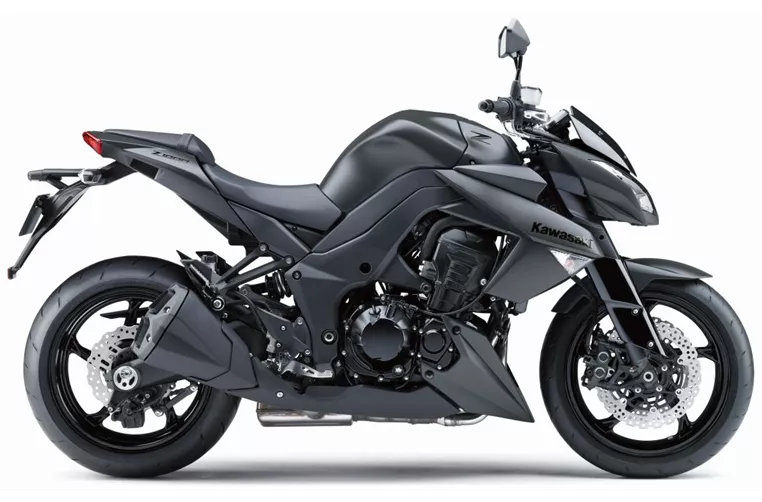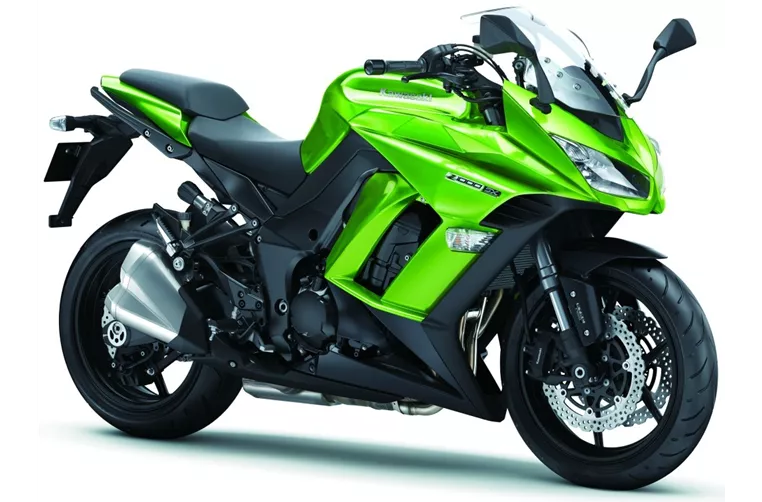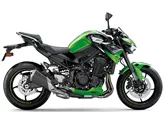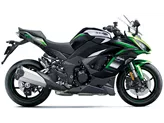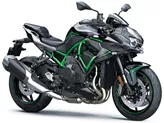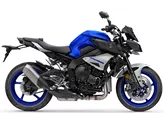Kawasaki Z1000 2013 vs. Kawasaki Z1000SX 2013
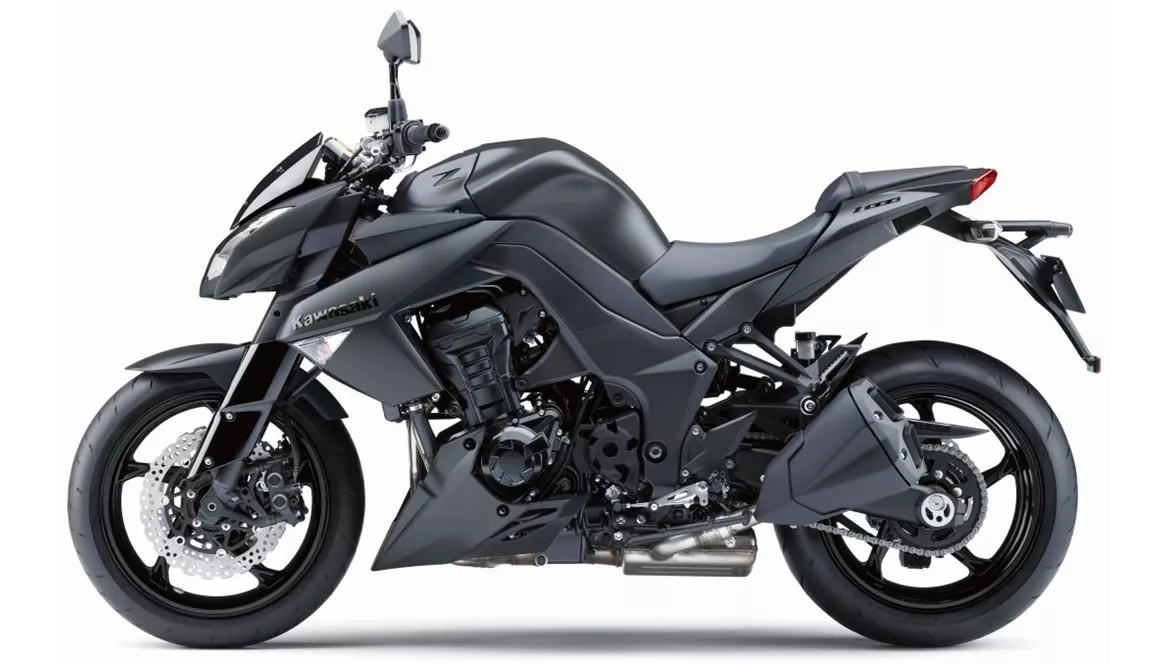
Kawasaki Z1000 2013

Kawasaki Z1000SX 2013
Overview - Kawasaki Z1000 2013 vs Kawasaki Z1000SX 2013
The Kawasaki Z1000 model year 2013 and the Kawasaki Z1000SX model year 2013 are both powerful motorcycles with similar technical specifications. However, there are some notable differences between the two models.
In terms of engine power, the Kawasaki Z1000SX has a slight advantage with 142 HP compared to the Z1000's 138 HP. Both bikes have a torque of 110 Nm and 111 Nm respectively, providing ample power for acceleration and overtaking.
Both motorcycles have a 4-stroke, liquid-cooled, in-line engine with a displacement of 1043 ccm. This ensures efficient cooling and optimal performance. The transmission for both bikes is a chain drive, providing smooth and reliable power transfer to the rear wheel.

Kawasaki Z1000 2013
In terms of suspension, both models feature upside-down telescopic forks at the front with compression, preload, and rebound adjustment. The rear suspension also offers the same adjustment options. This allows riders to fine-tune the suspension to their preferences and riding style.
The braking system on both motorcycles consists of double disk brakes at the front with four pistons. However, the Z1000SX has the added feature of monoblock technology, which provides enhanced braking performance. Both models also feature radial and petal technology, ensuring efficient heat dissipation and improved braking performance.
In terms of dimensions and weights, both motorcycles have a front tire width of 120 mm and a rear tire width of 190 mm. The front and rear tire diameters are 17 inches for both models. The wheelbase for the Z1000 is 1440 mm, while the Z1000SX has a slightly longer wheelbase of 1445 mm. The seat height for the Z1000 is 815 mm, while the Z1000SX has a slightly higher seat height of 822 mm. The kerb weight of the Z1000 is 221 kg, while the Z1000SX is slightly heavier at 231 kg. The fuel tank capacity of the Z1000 is 15 liters, while the Z1000SX has a larger fuel tank capacity of 19 liters.
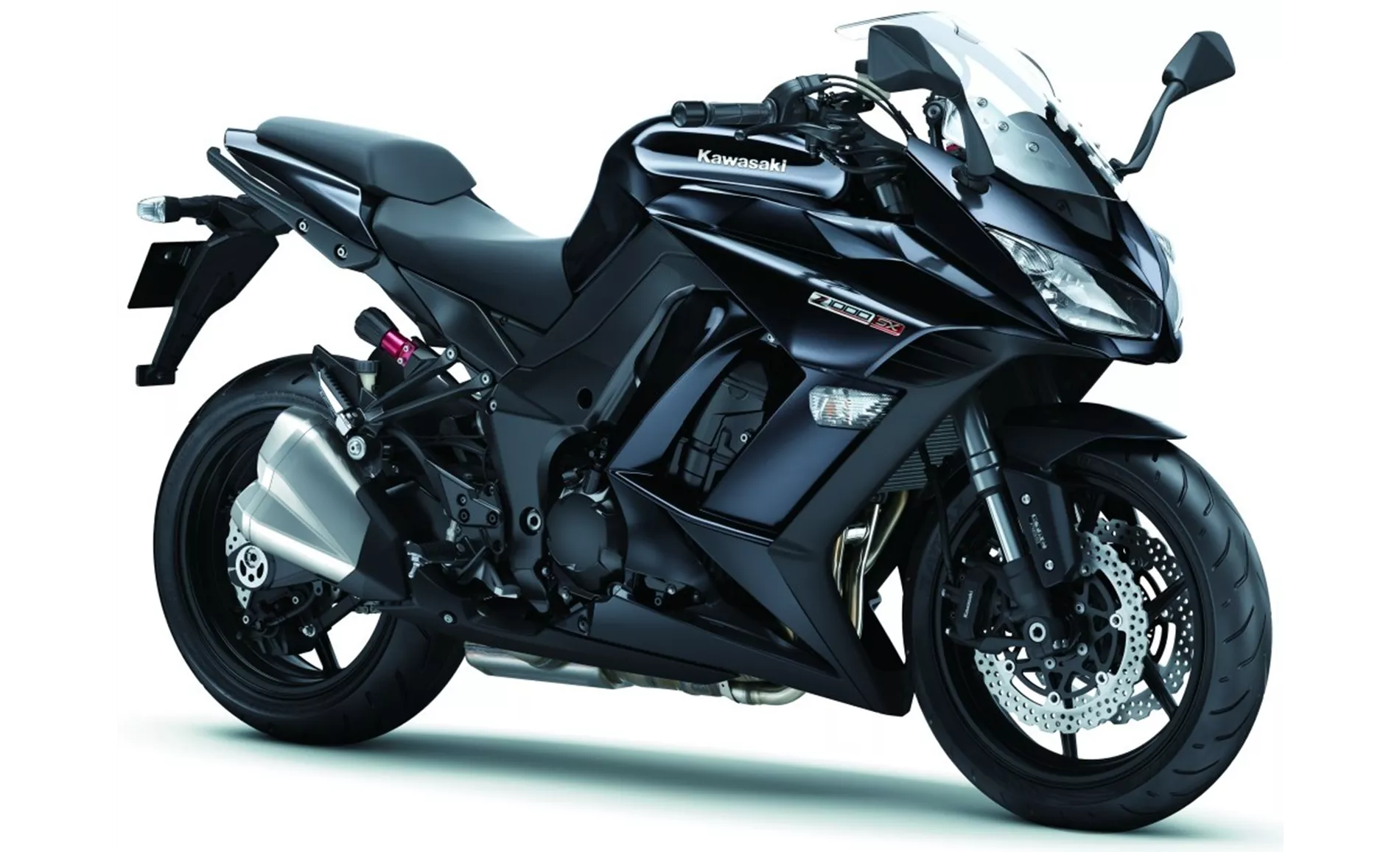
Kawasaki Z1000SX 2013
In terms of strengths, the Z1000 2013 model offers a powerful engine, rich sound, and a unique design. On the other hand, the Z1000SX 2013 model boasts an excellent engine, traction control, and fully adjustable suspension elements.
However, both models have their weaknesses. The Z1000 2013 lacks traction control, which may be a disadvantage for riders seeking enhanced stability and control. Additionally, the Z1000 has a nervous chassis, which may affect the handling and stability of the motorcycle. On the other hand, the Z1000SX 2013 is missing a gear indicator, which may be inconvenient for riders who prefer to have this information readily available.
Overall, both the Kawasaki Z1000 2013 and the Kawasaki Z1000SX 2013 are powerful motorcycles with their own unique features and strengths. Riders should consider their preferences and priorities to determine which model suits their needs best.
Technical Specifications Kawasaki Z1000 2013 compared to Kawasaki Z1000SX 2013
Pros and Cons in comparison
Pros and Cons in comparison
Kawasaki Z1000 2013

All in all, the new Z1000 is a successful further development of its predecessor. The lack of traction control is more of a marketing problem than a problem for end customers.
Kawasaki Z1000SX 2013
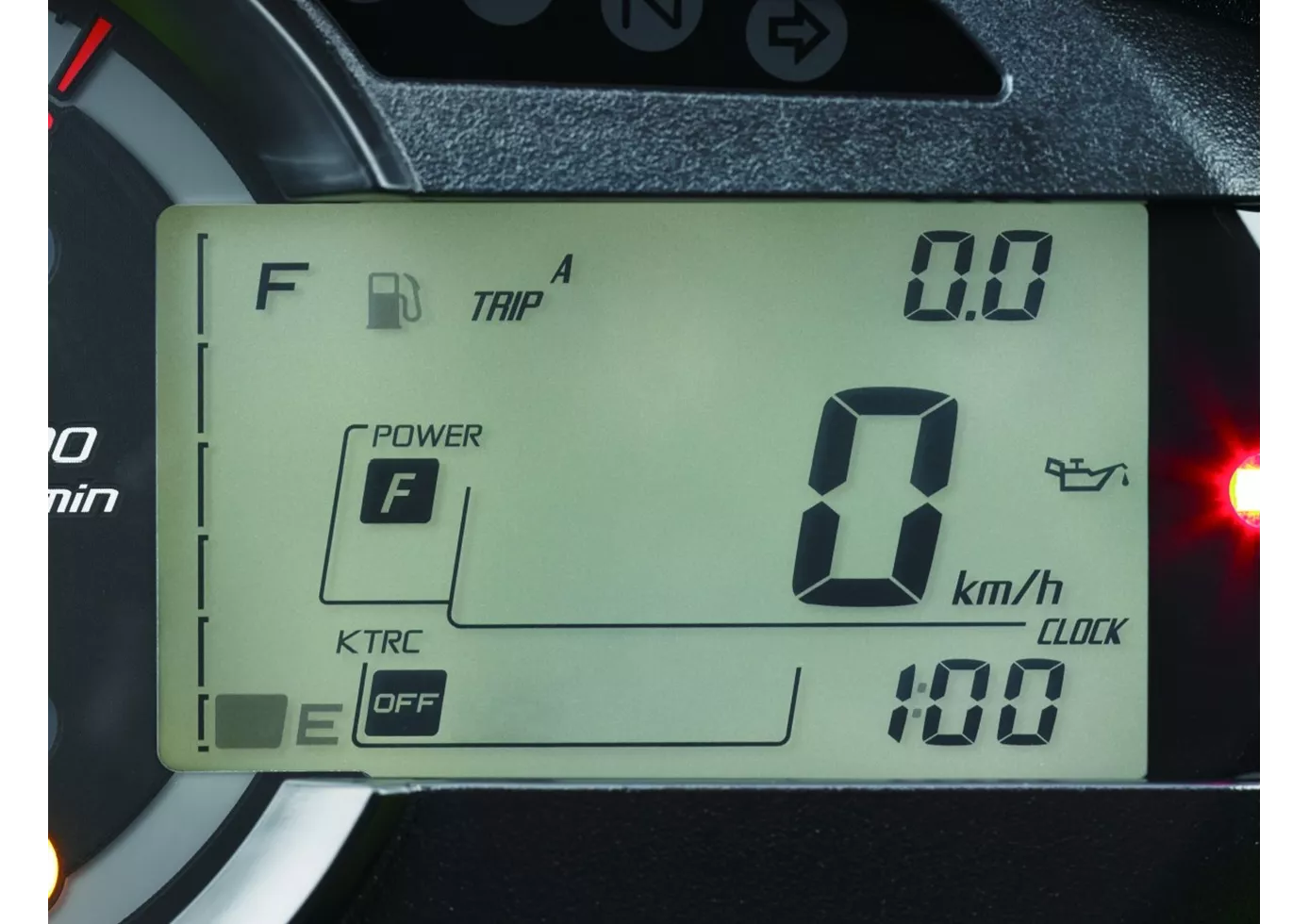
The engine is still a blast, and can be revved at low revs as well as pedalled in a sporty manner. The four additional horsepower, however, primarily appear in the glossy brochure.
Price Comparison Avarage Market Price Kawasaki Z1000 vs Kawasaki Z1000SX
There are a few key differences between a Kawasaki Z1000 2013 and a Kawasaki Z1000SX 2013. In terms of price, the actual average price of a Kawasaki Z1000 2013 is about 9% higher. A Kawasaki Z1000 2013 experiences a loss of 740 GBP in one year and 740 GBP in two years of ownership. This is offset by a loss of 790 GBP and 890 GBP for a Kawasaki Z1000SX 2013. Compared to Kawasaki Z1000SX 2013 there are less Kawasaki Z1000 2013 bikes available on the 1000PS.de Marketplace, specifically 4 compared to 6. It takes less time to sell a Kawasaki Z1000 with 69 days compared to 85 days for a Kawasaki Z1000SX. Since model year 2005 1000PS.de editors have written 41 reviews for the Kawasaki Z1000 and 14 reviews for the Kawasaki Z1000SX since model year 2011. The first review for the Kawasaki Z1000 was published on 02/09/2002 and now has more than 5,800 views. This compares to more than 9,900 views for the first review on Kawasaki Z1000SX published on 05/10/2010.
